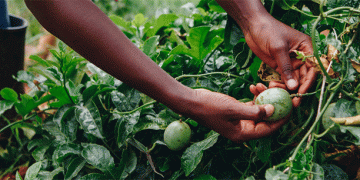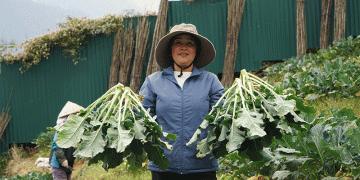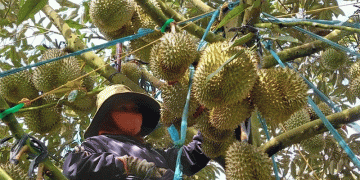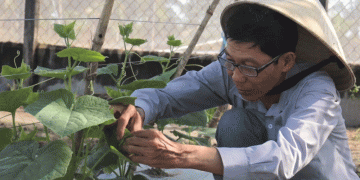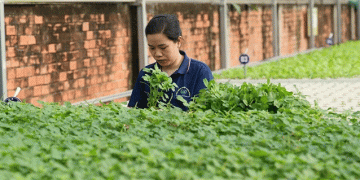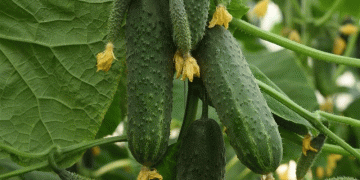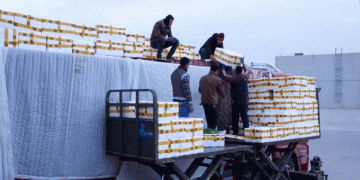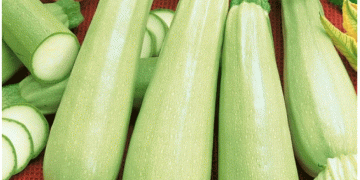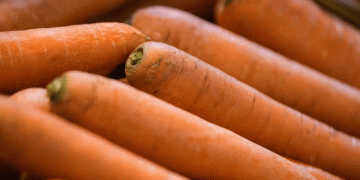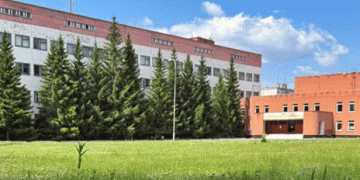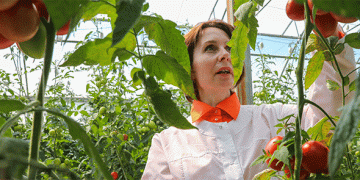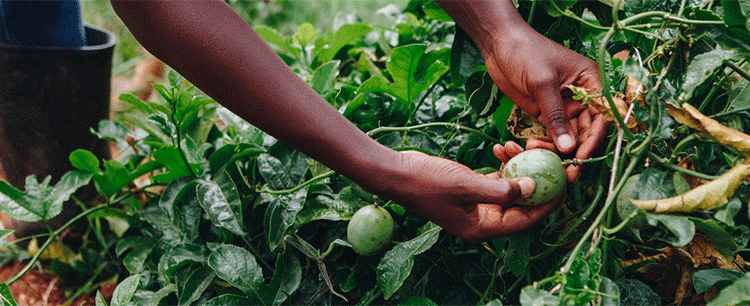For decades, Uganda’s agricultural policy has been locked in a struggle to overcome chronically low productivity. With fertilizer application rates languishing at a mere 2-3 kg per hectare—far below the African average of 9 kg and a global average exceeding 135 kg—the challenge is monumental (Nyirongo and Khataza, 2025; World Bank, 2023). In response, the government has deployed various input subsidy programs, from the army-led Operation Wealth Creation (OWC) to the more recent market-smart e-voucher schemes under the Agriculture Cluster Development Project (ACDP). The critical question for stakeholders is not whether subsidies can work, but how to design them for sustainable impact.
The Promise and Peril of Subsidy Programs
Evidence confirms that subsidies can trigger a positive response. The ACDP’s e-voucher system, which requires farmer co-financing and is delivered through private agro-dealers, has demonstrated significant yield increases. Participating households saw yields jump by 30% for maize, 27% for rice, and 19% for beans (MAAIF, 2021). This aligns with global findings from the Food and Agriculture Organization (FAO, 2024), which emphasize that “smart subsidies” targeting active farmers within a functioning market system are far more effective than universal handouts.
However, the Ugandan experience also exposes the limitations of a narrow focus on inputs. Despite OWC boosting maize production to five million tonnes by 2019, average smallholder yields remained stagnant at a modest 1.5-2 tonnes per hectare. This pales in comparison to the 5 tonnes per hectare achievable at research stations (UBoS, 2020; PFSU, 2022), revealing a vast and persistent yield gap. The increase in production was largely due to expanded planted area and the use of improved seeds, not a radical improvement in on-farm efficiency.
The Critical Factors That Make or Break Success
The data points to several non-negotiable elements for subsidy success:
- Timely Delivery: Inputs delivered after the planting season are a catastrophic waste of resources. Late distribution has been a recurring flaw, wiping out potential benefits and eroding farmer trust.
- Robust Extension Services: Subsidies without knowledge are ineffective. Uganda’s farmer-to-extension-worker ratio is approximately 2,000:1, meaning most farmers receive no guidance on the proper use of new inputs. The FAO recommends a ratio no higher than 500:1 for effective support. This lack of advisory services severely limits the return on subsidy investments.
- Soil Health and Climate Resilience: A mono-crop focus, particularly on maize, risks long-term soil degradation and increased vulnerability to climate shocks. The International Fund for Agricultural Development (IFAD, 2023) advocates for integrated soil fertility management, combining organic and inorganic inputs. Subsidies should be expanded to include a broader “basket” of options, such as drought-tolerant seeds, legumes for nitrogen fixation, and lime for soil pH management.
- Financial Sustainability: The ACDP is largely funded by World Bank loans. A nationwide scale-up would place immense strain on the national budget, potentially diverting funds from other critical areas like rural infrastructure and agricultural R&D. Graduated co-financing models, where farmers gradually increase their contribution, are essential for building self-sufficiency and weaning programs off external aid.
From Short-Term Crutch to Long-Term Catalyst
The Ugandan experience offers a clear lesson: input subsidies are a powerful tool, but they are not a silver bullet. They function best as a catalyst within a broader, supportive ecosystem, not as a permanent crutch.
To truly unlock productivity, policymakers must evolve their approach. The goal should be to use subsidies to build robust agricultural markets and skilled, resilient farmers. This requires integrating subsidies with unwavering commitment to timely logistics, dramatically strengthened extension services, and a shift towards climate-smart, soil-healthy practices. By moving beyond a simple input delivery model and embracing a holistic system of support, Uganda can transform its subsidies from a short-term expense into a long-term investment in a productive and sustainable agricultural future.
